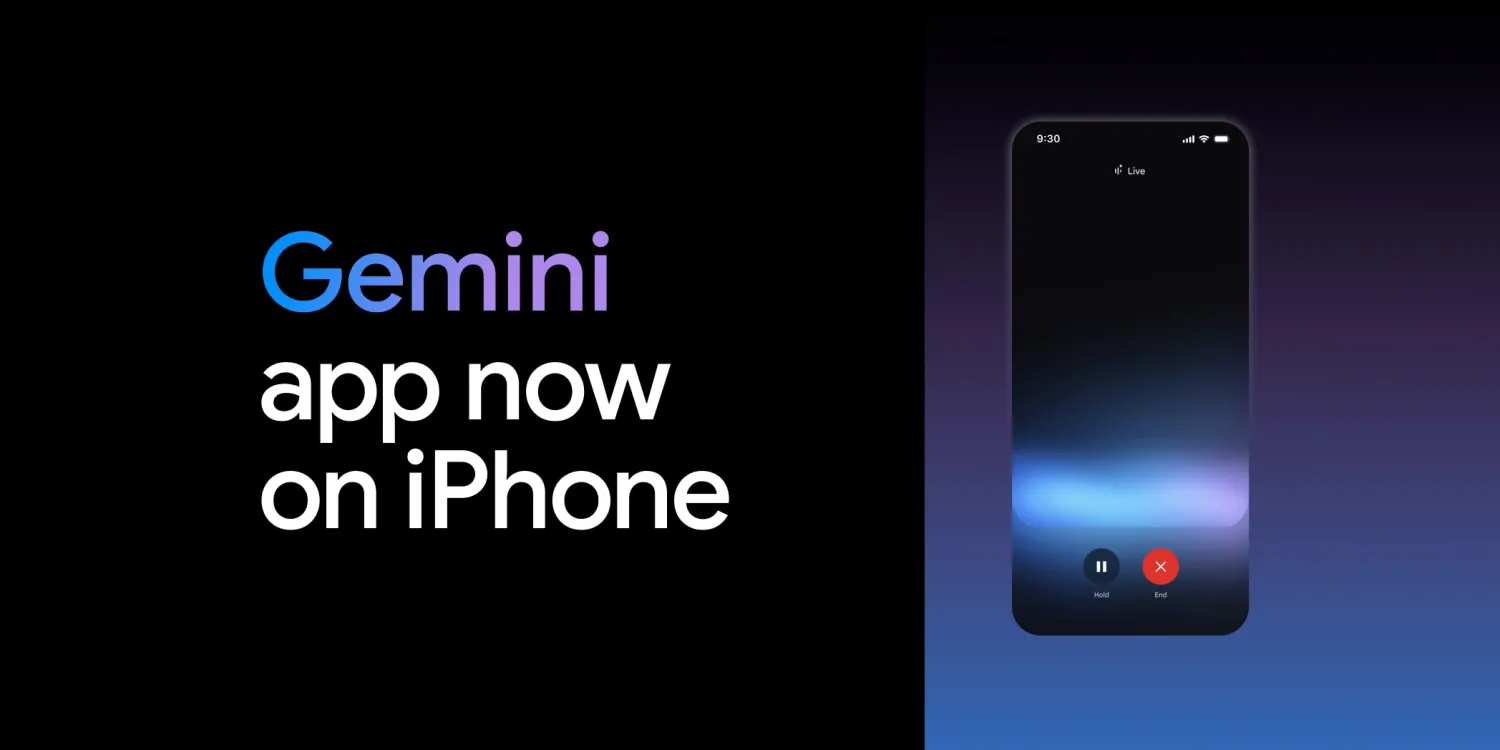Samsung’s forthcoming Galaxy Z Fold 7 is poised to introduce significant design enhancements, yet it appears the device will maintain the same IP48 rating as its predecessor, the Galaxy Z Fold 6. This development has sparked discussions among tech enthusiasts and industry observers regarding the device’s durability, particularly in terms of dust resistance.
Understanding the IP48 Rating
The IP (Ingress Protection) rating system is a standardized measure that indicates a device’s resistance to solid particles and liquids. The first digit denotes protection against solids, while the second pertains to liquids. An IP48 rating signifies:
– 4: Protection against solid objects larger than 1mm, such as wires or small tools.
– 8: Protection against prolonged immersion in water beyond 1 meter.
While this rating offers commendable water resistance, it falls short of providing comprehensive dust protection. This limitation is noteworthy, especially for users who frequent environments with fine particles like sand or dust.
Comparative Analysis with Competitors
The decision to retain the IP48 rating becomes more significant when juxtaposed with competitors’ advancements. Reports suggest that Google’s upcoming Pixel 10 Pro Fold is anticipated to feature an IP68 rating, offering full protection against dust ingress and water immersion. This positions Google’s foldable device as a potential leader in durability within the foldable smartphone market.
Samsung’s Historical Progression in Durability
Samsung has progressively enhanced the durability of its foldable devices. The Galaxy Z Fold 6 marked a milestone by achieving an IP48 rating, a notable improvement from the IPX8 rating of earlier models, which lacked solid particle protection. Despite these advancements, the absence of full dust resistance in the Galaxy Z Fold 7 indicates a cautious approach by Samsung in this aspect of device durability.
Potential Implications for Users
For consumers, the IP48 rating implies that while the Galaxy Z Fold 7 can withstand water exposure, it remains vulnerable to fine dust and sand particles. This is particularly relevant for users who engage in outdoor activities or reside in areas prone to dust. Samsung’s official guidelines advise against exposing the device to environments with high dust or sand presence, underscoring the importance of cautious usage to maintain device integrity.
Industry Perspectives and Future Outlook
Industry analysts suggest that Samsung’s decision may be strategic, possibly reserving the introduction of full dust resistance for future models like the Galaxy Z Fold 8. This approach could be aimed at maintaining a steady stream of innovations across successive device iterations. However, with competitors potentially offering more robust protection, Samsung may face increased pressure to accelerate enhancements in this area.
Conclusion
The Galaxy Z Fold 7 is set to bring notable design improvements and maintain its commendable water resistance. However, the retention of the IP48 rating, without full dust protection, highlights an area where Samsung’s foldable devices may lag behind emerging competitors. As the foldable smartphone market evolves, achieving comprehensive durability, encompassing both water and dust resistance, will likely become a pivotal factor influencing consumer preferences and brand loyalty.



